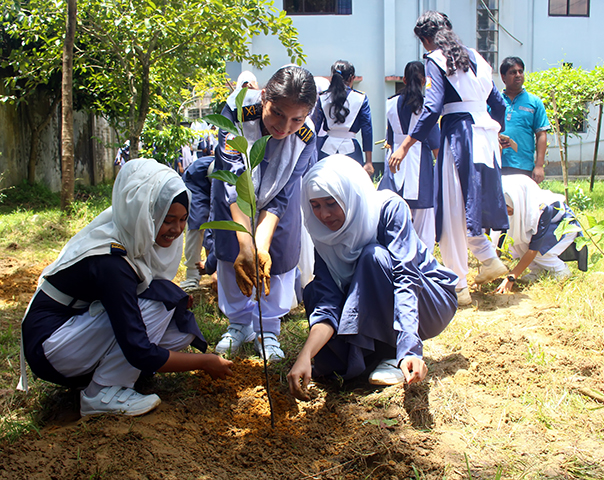Investing in What Works to Improve Women’s Lives
This blog is co-authored by IPA's Victoria Isika, Lauren Perlik, Karla Petersen, and Rachna Nag Chowdhuri from the Global Innovation Fund (GIF). This piece is also posted on the GIF blog.

Over the last 20 years, there has been a dramatic increase in evidence about what works to improve the well-being of vulnerable populations. Yet questions remain about how to improve women’s lives effectively, at scale, and where investments in gender-related outcomes could be more transformative.
Poor labor market opportunities, physical and sexual violence, limited access to banking systems and the disproportionate burden of unpaid care work are some of the challenges that women face across the globe, affecting their incomes, empowerment and well-being. IPA’s new Best Bets report identifies five emerging innovations to address these challenges, two of which, are digital payments and couples’ counseling, which we showcase in this blog post.
We need coalitions of researchers, implementing partners and funders to answer some of the remaining questions on these promising innovations and take them to scale. The Global Innovation Fund (GIF)’s Practical Impact framework, featured in this blog post, can serve as a guide for funders interested in measuring and comparing gender-related outcomes to target investments towards greater impact.
What Works for Women’s Economic Empowerment
Women across the globe continue to face persistent challenges that hinder their ability to participate fully in, and benefit from, economic opportunities. Digital payments, including mobile money and bank transfers, have been identified as a 'best bet' to strengthen women's economic empowerment by providing privacy and control over money. A 2022 study in Uganda, for example, found that, compared to cash, digital loans increased business capital and profits for women entrepreneurs, as well as total household consumption and income. The strong evidence around digital payments, along with promising practices and business models, hold the potential for substantial benefits at scale. More evidence is needed to ensure these models effectively drive widespread digital payment uptake and usage at scale.
What Works to Address Violence Against Women
Globally, nearly one-third of women have experienced physical or sexual violence at some point in their lives, most commonly committed by an intimate partner. The Best Bets report sheds light on a promising strategy for combating Intimate Partner Violence (IPV): the Becoming One (B1) program. Implemented in rural Uganda, this 12-session, faith-based couples’ counseling program significantly reduced all forms of IPV, improved the quality of relationships and shifted power dynamics within relationships. The program had a lasting impact, even a year after implementation. There is a compelling case to build coalitions of researchers, funders and implementing partners to adapt and test its content in various contexts where IPV rates remain high and religion plays an integral role in daily life.
Measuring and Investing in What Works
In 2018, GIF committed to find and fund gender transformative innovations by launching its ambitious Innovating for Gender Equality Fund. With the emergence of its gender thematic focus, GIF faced a particular challenge many donors face: how to quantify and value gender impacts. While there is new emerging evidence on “what works” to increase outcomes such as women empowerment and reduce violence against women, there is no standard measurement for these and gender impacts are highly complex to distill into single yardstick comparisons.
GIF places value on improved women’s agency and safety not only as a means to other outcomes like better education, health, income, but also as an end in itself. To tackle this, GIF expanded its Practical Impact framework - a tool to decide which innovation has the potential to generate outsize impacts - to introduce two measures that are key to transformative impact: an increase in women and girls’ agency and safety from violence against women. GIF’s impact model takes existing evidence and converts outcomes, such as attitude shifts and reductions in violence against women and girls, into “impact-adjusted units”.
GIF invested $1.8m in Rwanda Men's Resource Centre (RWAMREC) to scale a program that transforms norms around masculinity by engaging young fathers (and their partners) in positive fatherhood and violence reduction. A randomized evaluation study has shown a sustained impact on couples and a reduction of 23% points in the incidence of partner violence. Guided by its methodology, GIF estimated the reduction of partner violence to be equivalent to 10 “impact-adjusted units” equivalent to doubling annual income over an individual lifetime, motivating the investment in scaling up the program.
IPA’s Best Bets report sheds light on five emerging innovations with the potential to transform women’s lives at scale. GIF has successfully shown that donors can draw from emerging evidence and its methodology is a decisive step towards using measurement and data to direct funding for transformational change.











